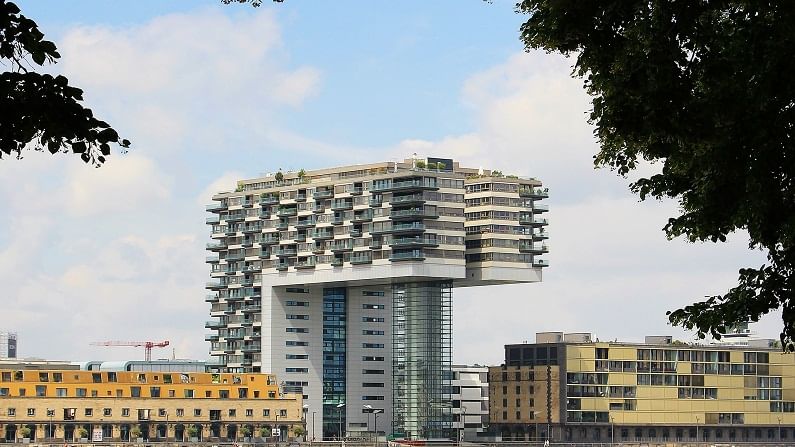Need for workspace at home boosting demand of bigger dwelling apartments in suburbs
Bigger dwelling units were more affordable in the suburbs that witnessed a rise in demand, said a survey
- Avijit Ghosal
- Last Updated : March 26, 2021, 13:44 IST

Need for workspace at home is not only triggering demand for bigger dwelling apartments but also driving it towards the suburbs, a report by Square Yards, an integrated proptech platform for real estate mortgages has said in a report on the first anniversary of the COVID-induced lockdown.
The report “Evolution of Home Buying Trends in the COVID Era-Data Insights” says there is a 40% rise in demand of 3-4 BHK units in the second half of 2020-21 compared to the first half of the year.
While this is due to the transformation of the home into home-and-office unit on account of the new workplace requirements, the cost implications are driving demand in the suburbs of many cities.
“Need for larger homes has in turn pushed the housing demand towards the suburbs where these options are more affordable. Unlike, pre-COVID times when people preferred staying near the city centre, work-from-home has now pushed up housing demand in the suburbs,” said the report.
The effect has been pronounced in suburbs of cities such as Mumbai, Bangalore, Hyderabad and Pune.
The analysis has been done on the basis of the online search activity on Squareyards.com that mirrored the demand trends in the market.
A dwelling unit with study/workspace has become non-negotiable for 48% of the buyers in the post-COVID market, the survey said.
Ketan Sengupta, CEO of Bengal Peerless Housing Development Company agreed with the observation of the survey.
“The lockdown has reinforced the importance of owning a home because it is probably one of the places where one can feel safe and secure. The work from home culture has necessitated the need for bigger home. Hence people who were previously comfortable living in rented accommodations would now prefer to buy bigger homes with space for official work, benefitting the real estate market,” said Sengupta.
The pockets near Mumbai where demand rose were Mumbra, Boisar, Virar West, New Panvel and Nalasopara West. The areas near Bangalore to register a hike in demand were Bellandur, Domlur, Amrutahalli, HSR Layout Sector 2, and OMBR layout.
Some of the localities in Hyderabad that recorded demand were Adibatla, Hitech City, Beeramguda, Nizampet and Jubilee Hills. Residential belts of Gurugram witnessing rise in demand were sector 106, 36, 36A, 78, 81 and Sohna sector 36.
In Pune the following pockets exhibited a rise in demand – Kirkatwadi, Akurdi, Wagholi, Wanwadi and Baner Pashan Link Road.
Nearly 70% of the online searches were looking for larger dwelling units.
One of the drivers of the real estate demand has been the slashing of stamp duty by the Maharashtra government while registering a property. In August 2020, the government announced that it was reducing stamp duty on sale deed documents registered between September 1 and March 31, 2021.
Real estate players have already urged the government to extend this relaxation to boost the sales of real estate.
Significantly, with labourers returning to the project sites, across locations the real estate space witnessed a number of new launches in the January-March quarter. “Compared to the previous quarter, Q4 saw a whopping 66% rise in the total number of projects launched in the top six cities,” said the report.
These cities are Gurgaon, Noida, Mumbai, Bangalore, Pune and Hyderabad.
Most new projects came up around IT zones.
Low interest rates was also a significant driver for buying real estate during the pandemic. As many as 41% of the buyers said low housing interest rates was an incentive for the decision in 2020.
From a broader economy perspective a rise in the real estate sector is crucial to the growth of aggregate demand since it boosts demand in core sectors such as steel, cement, other building materials such as paint and items of home décor.
Download Money9 App for the latest updates on Personal Finance.
Related
- डीएलएफ ने गुरुग्राम में 11,000 करोड़ रुपये में बेचे 1,164 लग्जरी अपार्टमेंट
- YEIDA launches 361 plots for sale near Noida airport
- LIC may sell properties, land to net over $7billion
- Land owners in Amaravati hit a lottery
- Check these out before buying property
- Builders must get occupancy certificate before giving possession: UP RERA

